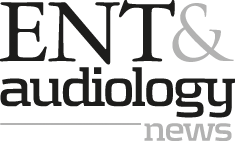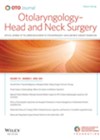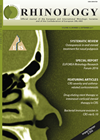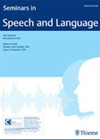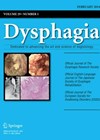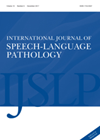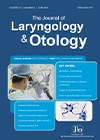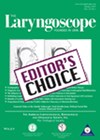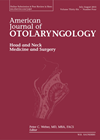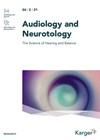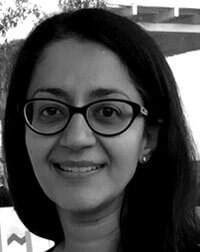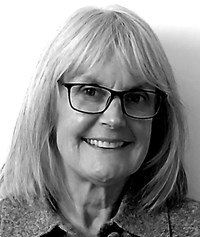
Journal Reviews
Temperature-controlled radiofrequency treatment of the nasal valve confers sustained benefit
Aiming to investigate long-term efficacy and safety (three years post treatment), this was an extension of a previous multicentre, prospective, single-blinded, randomised controlled trial that investigated the effectiveness and safety of temperature-controlled radiofrequency treatment (TCRF) to the nasal valve (NV)...
Patients with severe uncontrolled CRSwNP respond to biologics in the real world
Clinical trials have demonstrated that biologics are effective in treating patients with chronic rhinosinusitis with nasal polyps (CRSwNP). This multicentre (15 tertiary care centres in France) observational prospective cohort study aims to examine the effectiveness of biologics in treating CRSwNP...
Say what you don’t mean: cognitive difficulties in Parkinson’s can worsen intelligibility
Hypokinetic dysarthria, seen in 70–90% of people with Parkinson’s, causes reduced range of movement during speech production, reduced volume, rate, pitch and intelligibility. This study aimed to explore the role of higher cognitive function in speech production by asking 20...
Do easier-to-swallow tablets improve medication adherence in people with dysphagia?
Swallowing tablets can be challenging for many people, but particularly so for those with a diagnosis of dysphagia. As a result, many medications are prepared in alternate formats including liquid, dissolvable or orally disintegrating tablets that dissolve on contact with...
Talk your brain well: discourse training to fortify your cognitive functioning and protect against dementia
Mild cognitive impairment (MCI) can be described as a transitional stage prior to a diagnosis of dementia. Approximately 15% of people with amnestic MCI (where memory is the leading symptom) develop dementia. Nonpharmacological interventions, specifically cognitive training, has shown some...
Do intranasal corticosteroids resolve eustachian tube dysfunction?
Eustachian tube dysfunction is a widely prevalent problem, both in children and adults. In many ways, it affects the quality of life in terms of earaches, feeling of blockage and variable hearing. Use of intranasal corticosteroids is customary but whether...
Association of tinnitus with dementia
In this large case-controlled study, the authors have compared the presence of tinnitus prior to the diagnosis of dementia in the study group with those without dementia. Dementia patients were selected from the National Health Insurance group. The control group...
Wandering foreign bodies in the upper aerodigestive tract
Fish and chicken bones, along with metal wires, are among the most commonly ingested foreign bodies. Due to their linear shape and sharp edges, they can sometimes migrate beyond the lumen, making conventional endoscopic extraction unsuccessful. This issue is further...
In the West of Scotland, what factors impact and what are the survival trends for laryngeal cancer?
The TV and radio presenter Jamie Theakston recently returned to his radio show to announce he is cancer free. He had been off air for a year after having surgery to treat early-stage laryngeal cancer. His diagnosis was made when...
Outcomes of reirradiation for recurrent head and neck SCC
Recurrent squamous cell carcinoma of the head and neck is often a challenge to manage when radiotherapy has previously been administered as a component of the initial treatment. Salvage surgery is usually the preferred modality of treatment, but for unresectable...
Bones, stones and surgical moans: rethinking PTH dynamics in parathyroid surgery
Intraoperative parathyroid hormone (IOPTH) testing has revolutionised minimally invasive unilateral parathyroidectomy (MIP) as the gold standard treatment for primary hyperparathyroidism, replacing old-timey four-gland exploration. IOPTH testing ensures reliable excision of all hypersecreting glands, including those pesky hard-to-find ones, without relying...
Current AI audiology knowledge
Artificial intelligence (AI) tools are becoming increasingly popular and can be utilised by patients, healthcare professionals and students. The performance of chatbots can be variable between different AIs and, indeed, different topics. There is no current consensus for the best...
